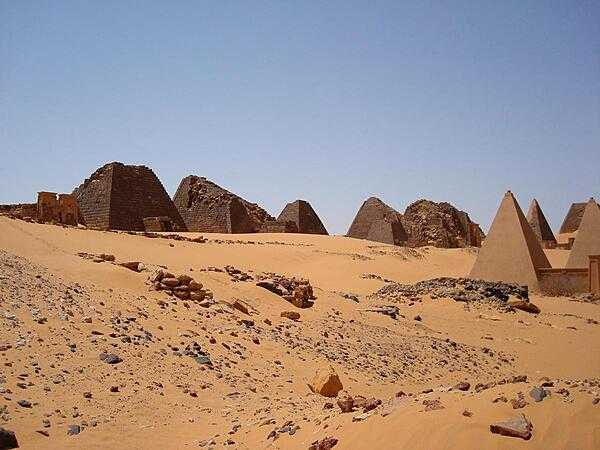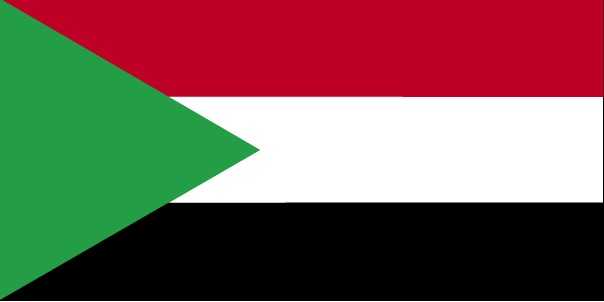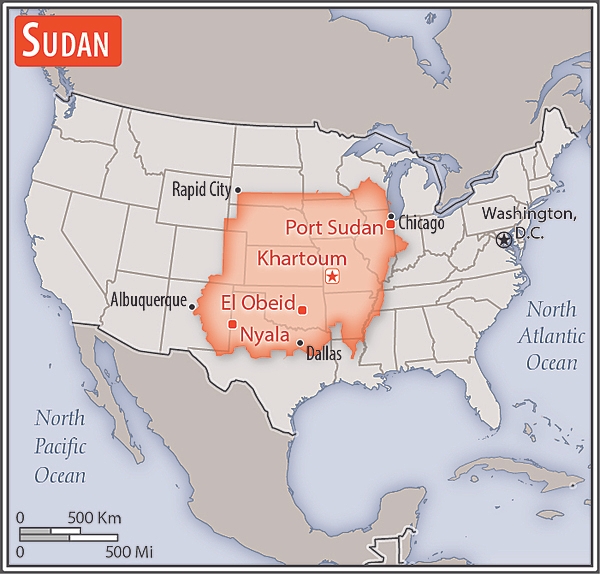Introduction
Visit the Definitions and Notes page to view a description of each topic.
Geography
People and Society
Population
comparison rankings: total 29; male 29; female 31
Languages
Median age
comparison ranking: total 212
Population growth rate
comparison ranking: 16
Birth rate
comparison ranking: 18
Death rate
comparison ranking: 148
Net migration rate
comparison ranking: 159
Maternal mortality ratio
comparison ranking: 29
Infant mortality rate
comparison ranking: total 28
Life expectancy at birth
comparison ranking: total population 194
Total fertility rate
comparison ranking: 15
Obesity - adult prevalence rate
comparison ranking: 165
Alcohol consumption per capita
comparison ranking: total 131
Children under the age of 5 years underweight
comparison ranking: 3
Environment
Carbon dioxide emissions
comparison ranking: total emissions 94
Government
Economy
Real GDP (purchasing power parity)
comparison ranking: 98
Real GDP growth rate
comparison ranking: 214
Real GDP per capita
comparison ranking: 206
Inflation rate (consumer prices)
comparison ranking: 212
GDP - composition, by sector of origin
comparison rankings: agriculture 29; industry 109; services 123
Industrial production growth rate
comparison ranking: 188
Labor force
comparison ranking: 52
Unemployment rate
comparison ranking: 157
Youth unemployment rate (ages 15-24)
comparison ranking: total 103
Taxes and other revenues
comparison ranking: 141
Current account balance
comparison ranking: 169
Reserves of foreign exchange and gold
comparison ranking: 174
Debt - external
comparison ranking: 33
Energy
Electricity
comparison rankings: installed generating capacity 102; consumption 91; imports 79; transmission/distribution losses 151
Energy consumption per capita
comparison ranking: 166
Communications
Telephones - fixed lines
comparison ranking: total subscriptions 125
Telephones - mobile cellular
comparison ranking: total subscriptions 45
Broadband - fixed subscriptions
comparison ranking: total 161
Transportation
Merchant marine
comparison ranking: total 153





